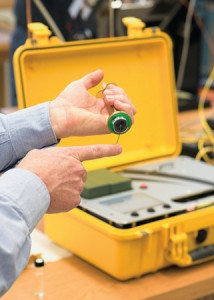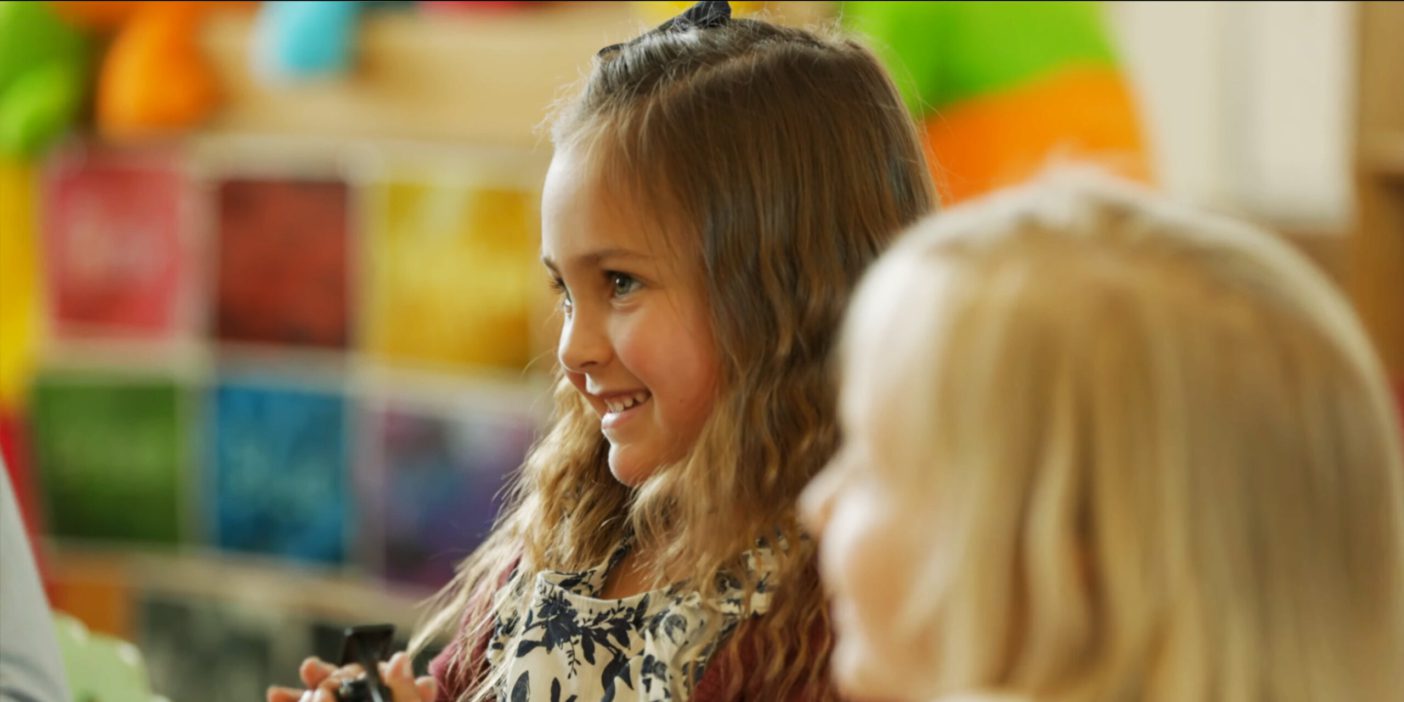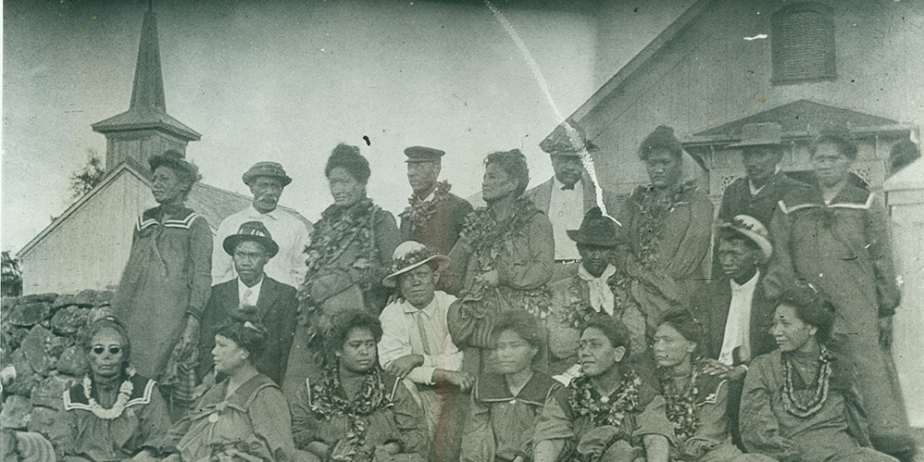
Toxic Chemicals. Narcotics. Explosives. No device could detect them all on scene with near-perfect accuracy—until now. Chemistry professor Milton L. Lee has developed a 28-pound portable device that identifies hazardous compounds in less than five minutes—and it fits in a suitcase.
Containing the smallest gas chromatograph and mass spectrometer in the world, the suitcase could increase security everywhere from airports to the front line in Iraq.
“A first-responder could carry this instrument right to the source and obtain fast results,” says Lee, who, with his younger brother Edgar D. Lee (BS ’84), first envisioned the device after the events of Sept. 11, 2001. The Department of Defense put up $6.5 million for Lee’s research and already owns 11 of the first 16 instruments built.
The GUARDION-7, as the instrument is called, is produced by Torion Technologies Inc., a company headed by one of Lee’s former students, Douglas W. Later (BS ’78). With only three buttons, the $55,000 device is “as easy to operate as a cellular phone,” says Later.
Torion promised one model to BYU for continued research; chemistry professor Delbert J. Eatough (BS ’64) is already using it to study air quality. The device is programmed to identify a library of chemicals; a small LCD screen displays the names and amounts of any harmful substances present.
Previously, such chemical analyses required a large laboratory system. Compared to a similar system in BYU’s Benson Building, where a gas chromatograph the size of a household oven sits on top of a mass spectrometer that covers the area of a parking stall, Lee’s invention is one tidy little box.
“Some portable detectors are smaller,” Lee admits, “but there’s a whole spectrum of accuracy in those instruments.” The GUARDION-7 gives definitive results in minutes.
Lee is collaborating with students and colleagues to improve the device, adding biological warfare agents anthrax and botulism to the suite of compounds the instrument detects. “In the business of instrumentation, you’re never really done,” he says.









